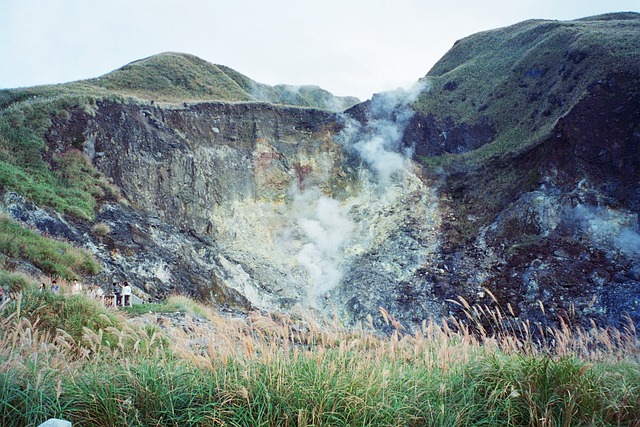jazzy spins-jazzy spins 5 free
Jazzy Spins: The Enchantment of a Musical Odysseyjazzy spins
In the rich tapestry of musical genres, jazz stands out as a vibrant and ever-evolving art form, a genre that has managed to transcend cultural barriers and resonate deeply with audiences around the globe. Its intricate rhythms, improvisational flair, and emotional depth create a unique auditory experience that captivates and moves, making it a powerful vehicle for expression. This report delves into the enchanting world of jazz, exploring its historical roots, its transformative impact on society, and the dynamic nature of its contemporary interpretations, which continue to inspire new generations of musicians and listeners alike.
Jazz emerged in the early 20th century, rooted in the African American communities of New Orleans. It drew heavily from blues, ragtime, and spirituals, incorporating elements such as syncopation, swing, and call and response. The genre's birth was characterized by a spirit of innovation, as musicians experimented with different sounds and styles, pushing the boundaries of what music could be. The improvisational aspect of jazz, where musicians spontaneously create melodies and harmonies on the spot, is perhaps its most defining feature. This element of spontaneity not only showcases individual creativity but also fosters a deep connection among performers, creating an exhilarating dialogue that resonates with audiences.
As jazz traveled across the United States and into the world, it underwent numerous transformations, absorbing influences from diverse musical traditions. The Harlem Renaissance of the 1920s marked a pivotal moment in the genre's evolution, as jazz became a symbol of cultural pride and artistic expression for the African American community. It was during this period that iconic figures emerged, such as Louis Armstrong and Duke Ellington, who brought jazz into the mainstream, captivating audiences with their unparalleled talent and charisma. Their contributions laid the groundwork for the genre's expansion, paving the way for future innovators who would continue to redefine the sound of jazz.jazzy spins

In the decades that followed, jazz continued to evolve, giving rise to various subgenres, from bebop to cool jazz, and later, fusion and smooth jazz. Each of these styles reflects the changing social and cultural landscape, as musicians experimented with new forms, harmonies, and rhythms. The bebop movement of the 1940s, for instance, was characterized by complex melodies and fast tempos, a stark contrast to the more dance-oriented swing era that preceded it. This shift was not merely musical; it was a response to the societal changes of the time, as musicians sought to assert their artistic freedom and individuality.jazzy spins
Today, the legacy of jazz is more vibrant than ever, with contemporary musicians drawing inspiration from the genre while infusing it with modern influences. The rise of technology and the globalization of music have led to an exciting fusion of styles, where jazz meets hip-hop, electronic music, and world rhythms. Artists are breaking traditional boundaries, creating a genre that is both rooted in history and forward-looking. This innovative spirit reflects a broader trend in the music industry, where collaboration and cross-pollination among different genres are increasingly common.jazzy spins

Moreover, jazz is not merely a form of entertainment; it has served as a powerful tool for social change. Throughout its history, jazz has been intertwined with movements for civil rights and social justice, providing a platform for marginalized voices and addressing societal issues. The genre's improvisational nature mirrors the struggle for freedom and expression, making it a fitting soundtrack for activism. Today, musicians continue to use their art to comment on contemporary issues, navigating themes of identity, inequality, and resilience.jazzy spins
The impact of jazz extends beyond the realm of music; it has infiltrated various aspects of culture, influencing visual arts, literature, and even fashion. The improvisational ethos of jazz has inspired countless artists across disciplines to embrace spontaneity and creativity, leading to a renaissance in artistic expression. Jazz festivals and clubs around the world serve as communal spaces where people gather to celebrate this rich heritage, fostering a sense of belonging and connection among diverse audiences.
As we look to the future, the importance of preserving the history and evolution of jazz cannot be overstated. Educational initiatives and programs that promote jazz appreciation among younger generations are vital in ensuring that this genre continues to thrive. The passion and dedication of musicians, educators, and enthusiasts alike play a crucial role in keeping the spirit of jazz alive, enabling it to inspire and captivate for generations to come.jazzy spins
In conclusion, the world of jazz is a testament to the power of music as a means of connection, expression, and transformation. Its jazzy spins, marked by improvisation, cultural exchange, and social commentary, create an enchanting auditory experience that resonates deeply with the human spirit. As we celebrate the rich legacy of jazz, we are reminded of its enduring relevance and the vital role it plays in shaping our cultural landscape, inviting us all to embrace the magic of this extraordinary genre.
